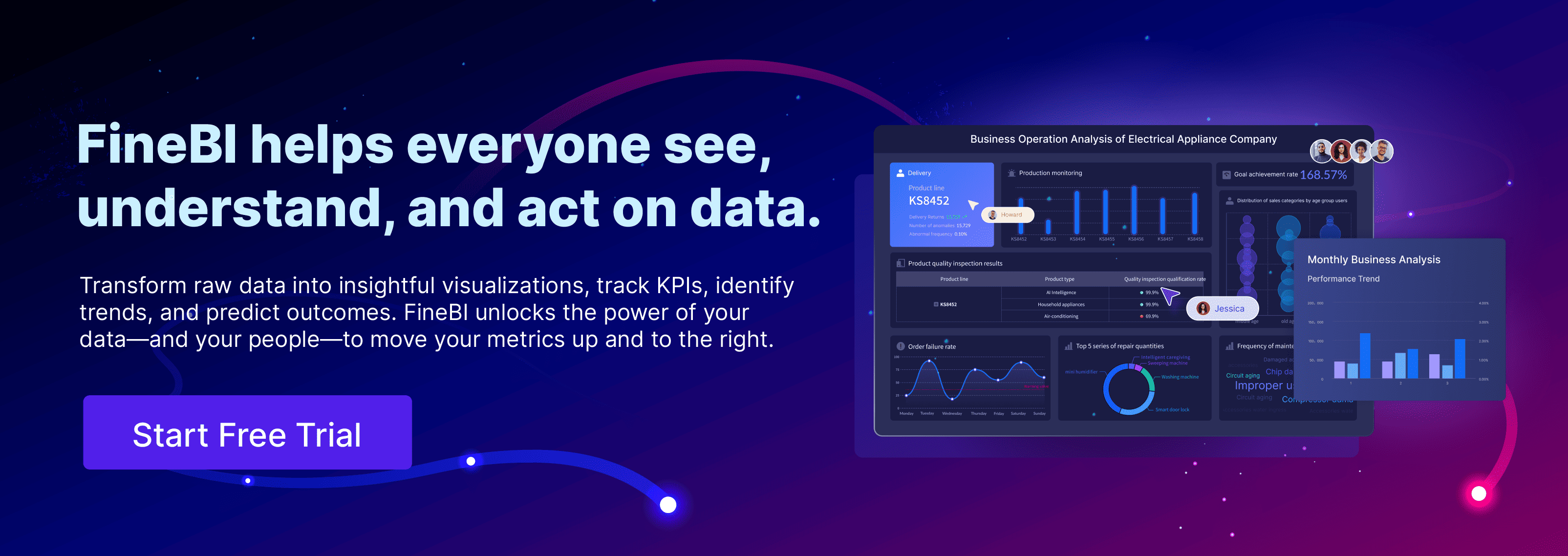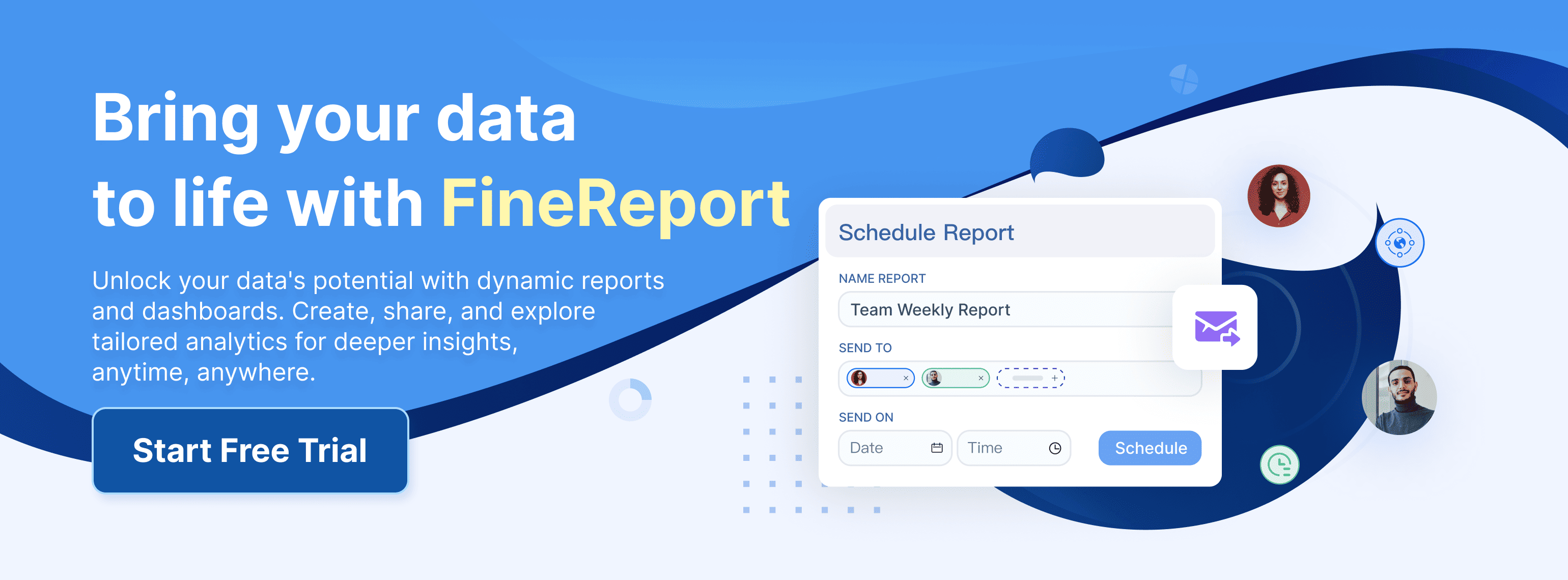Health data management means how you collect, store, and use health information within a healthcare organization. You use it to keep patient records safe, support daily operations, and improve care quality. Digital tools like electronic health records and telemedicine now play a big role in making this process faster and more reliable. Many healthcare organizations worldwide have adopted these technologies to help manage health data better.
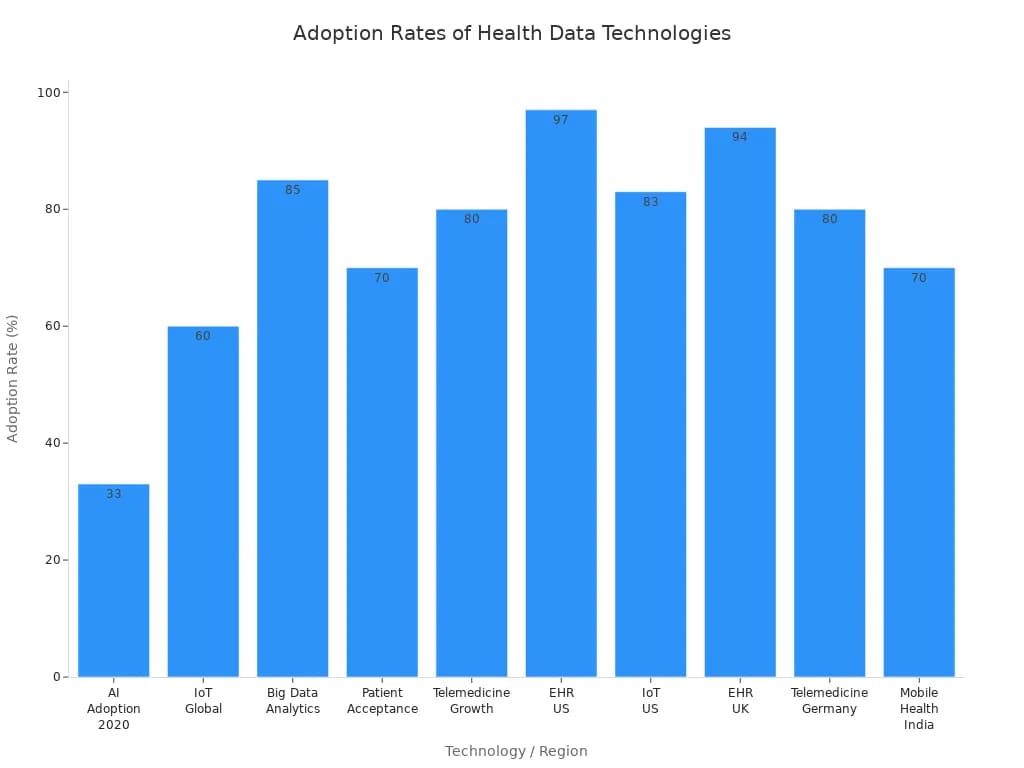
Research shows that digital solutions help you organize, clean, and protect health data. They make it easier to share information between departments, reduce errors, and support better patient outcomes. As healthcare grows more complex, strong health data management helps you deliver safer and more efficient care.
Health Data Management Overview
What Is Health Data Management
You use health data management to organize, protect, and use health data in your healthcare organization. This process covers how you collect, store, and share patient information. You rely on healthcare data management to keep records accurate, secure, and available when needed. Good data management helps you make better decisions, improve patient care, and meet legal requirements.
Health data management is not just about storing files. You must ensure data quality, protect privacy, and follow strict rules. You also need to support doctors, nurses, and staff with the right information at the right time.
Here are the core functions of health data management in modern healthcare:
| Core Function | Description |
|---|---|
| Data Governance | Standardizes data collection, ensures data quality, defines access and actions on data within healthcare. |
| Data Quality Control | Detects and corrects errors, inconsistencies, and inaccuracies to prevent harmful effects on patient care. |
| Security Measures | Protects sensitive information by adhering to regulations like HIPAA to prevent unauthorized access. |
| Regulatory Compliance | Ensures adherence to healthcare laws to protect patient privacy and maintain data integrity and confidentiality. |
| Sound Decision Making | Uses quality data to support clinical decisions, resource allocation, and improve patient outcomes. |
You also use healthcare data management to:
- Ensure data accuracy and quality, such as fixing errors in test results or prescriptions.
- Maintain data security by controlling access and preventing breaches.
- Analyze and visualize data to support decisions in administration and strategy.
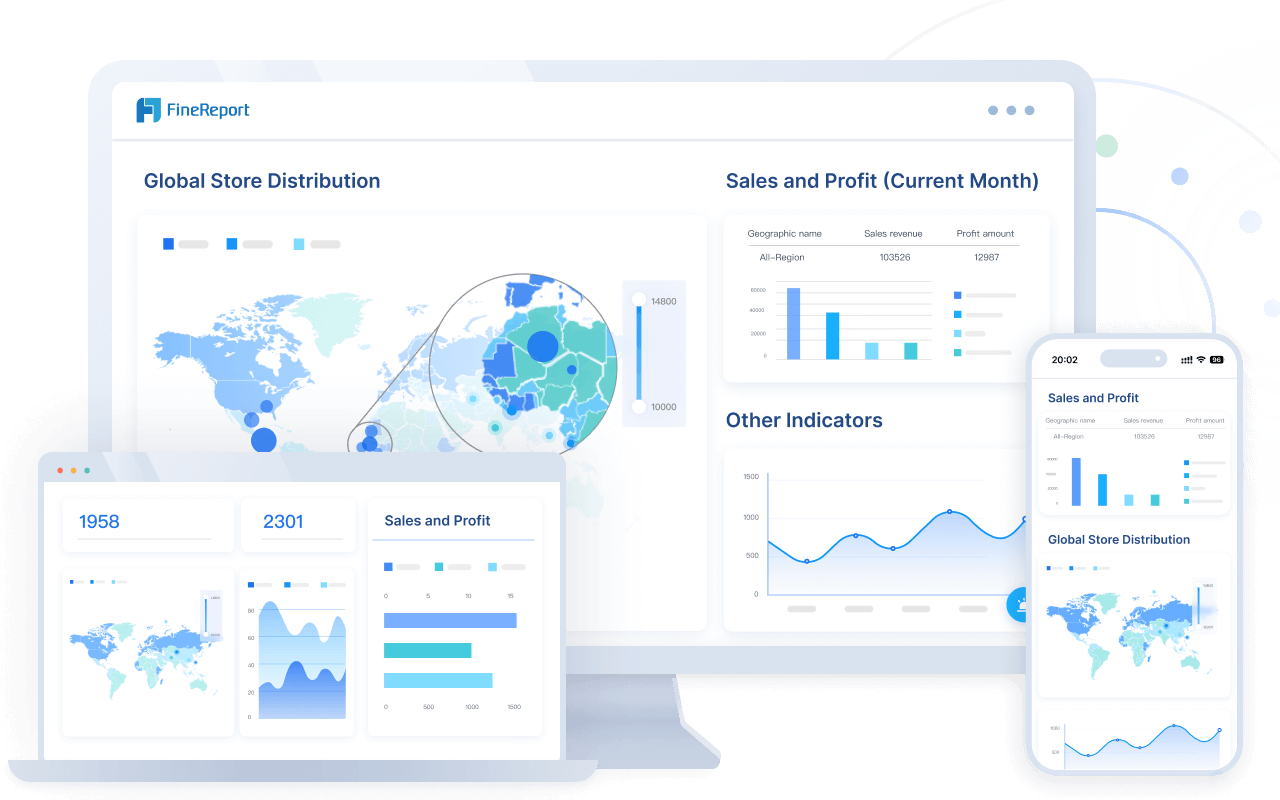
Healthcare data management uses many digital tools. You might work with electronic health records, health information exchanges, coding and billing systems, clinical decision support, telehealth, and cybersecurity measures. Each tool helps you manage health data more efficiently and safely.
Types of Health Data
You collect many types of health data in your daily work. Each type serves a different purpose in healthcare. Here are some of the most common types:
- Patient demographics (age, gender, address)
- Diagnoses (all-listed)
- Procedures performed
- Origin of admission
- Expected payer information (such as Medicare, Medicaid, private insurance, or self-pay)
- Hospital charges
- Discharge disposition
- Inpatient stays
- Emergency department visits
- Ambulatory surgery encounters
- Vital signs (like blood pressure, temperature, and heart rate)
You use these types of health data to analyze healthcare utilization, access, quality, outcomes, and costs. Accurate data helps you track trends, measure performance, and improve patient care.
Tip: When you manage these different types of data well, you reduce errors and improve the quality of care for every patient.
Scope in Healthcare
Health data management reaches every part of healthcare. You see its impact in hospitals, clinics, and even in telemedicine platforms. In hospitals and clinics, you use electronic health records and clinical decision support systems to give doctors and nurses instant access to patient data. This access helps you make quick and safe decisions.
Telemedicine expands the scope of healthcare data management. You can now exchange patient information, medical histories, and images between providers and patients, even at a distance. Wearables and remote monitoring devices let you collect vital signs and other health data in real time. This technology allows you to monitor patients at home, detect problems early, and provide care without needing a hospital visit.
You also use healthcare data management to connect data from digital devices, smartphones, and virtual assistants. These tools help you collect health data outside traditional settings. You can detect diseases earlier and deliver care more often. This shift supports research, training, and better care for people who cannot travel easily.
Note: As healthcare grows more digital, you must pay close attention to privacy and equity. Good health information management ensures everyone benefits from new technology while keeping patient data safe.
Importance of Healthcare Data Management
Impact on Patient Care
You play a vital role in improving patient outcomes when you manage health data effectively. Accurate and timely health data helps you deliver safer and more personalized care. When you use digital tools like electronic health records, you reduce medical errors and improve communication between patient and provider. For example, health informatics systems can lower inpatient mortality rates by up to 15% and decrease patient length of stay by 25%. You also see a 27% reduction in medication errors and a 30% drop in duplicate testing. These improvements save costs and help you focus on what matters most—your patients.
When you rely on healthcare data management, you ensure that patient information is always up to date and accessible. This means you can make better decisions about treatment and respond quickly to emergencies. Features like real-time alerts and decision-support tools guide you to the right diagnosis and treatment. As a result, you increase patient engagement and satisfaction. You also help patients feel more involved in their care, which leads to better health outcomes.
Tip: Good healthcare data management not only supports your clinical team but also builds trust with patients by keeping their information accurate and secure.
Data Security and Privacy
You face many challenges in protecting health data. Healthcare organizations often deal with outdated IT systems, weak encryption, and gaps in cybersecurity. These issues can lead to data breaches, which damage patient trust and disrupt operations. High-profile incidents, such as ransomware attacks and large-scale data leaks, show how important it is to keep health data safe.
Here are some common challenges you might encounter:
- Outdated IT infrastructure and insufficient encryption
- Poor integration of new technologies and lack of staff training
- Complex regulations like HIPAA and GDPR that vary by region
- Lack of standardized protocols and limited IT resources
- Difficulties with data portability and interoperability
- Governance gaps and lack of comprehensive strategies for data management
You must also follow strict regulatory compliance rules. In the United States, HIPAA protects patient health information, while in Europe, GDPR covers personally identifiable information. Both require you to notify authorities quickly if a breach occurs and impose heavy fines for violations. You need to classify data correctly, design consent mechanisms, and prepare for rapid response in case of a breach.
Digital platforms like FineReport and FineBI help you meet these requirements. These tools provide secure data management, support data privacy and security, and ensure that you handle patient data within a compliant infrastructure. By using these platforms, you can transform and store data safely, reducing the risk of unauthorized access.
Note: Data security and compliance are not just technical issues. You need a strong strategy that includes technology, staff training, and clear governance to protect health data.
Supporting Decision-Making
You rely on healthcare data management to make informed decisions every day. When you collect and analyze health data, you support both clinical and administrative tasks. For clinical decisions, you use data to track treatment effectiveness, detect illnesses early, and personalize care for each patient. You can also spot potential errors by checking for discrepancies in patient records.
For administrative decisions, you use dashboards and analytics to manage staffing, predict workforce needs, and identify billing issues. You streamline hospital operations and improve communication with patients. Business intelligence tools like FineReport and FineBI give you interactive dashboards and real-time insights. These platforms help you break down data silos, improve collaboration, and democratize access to information across your healthcare organization.
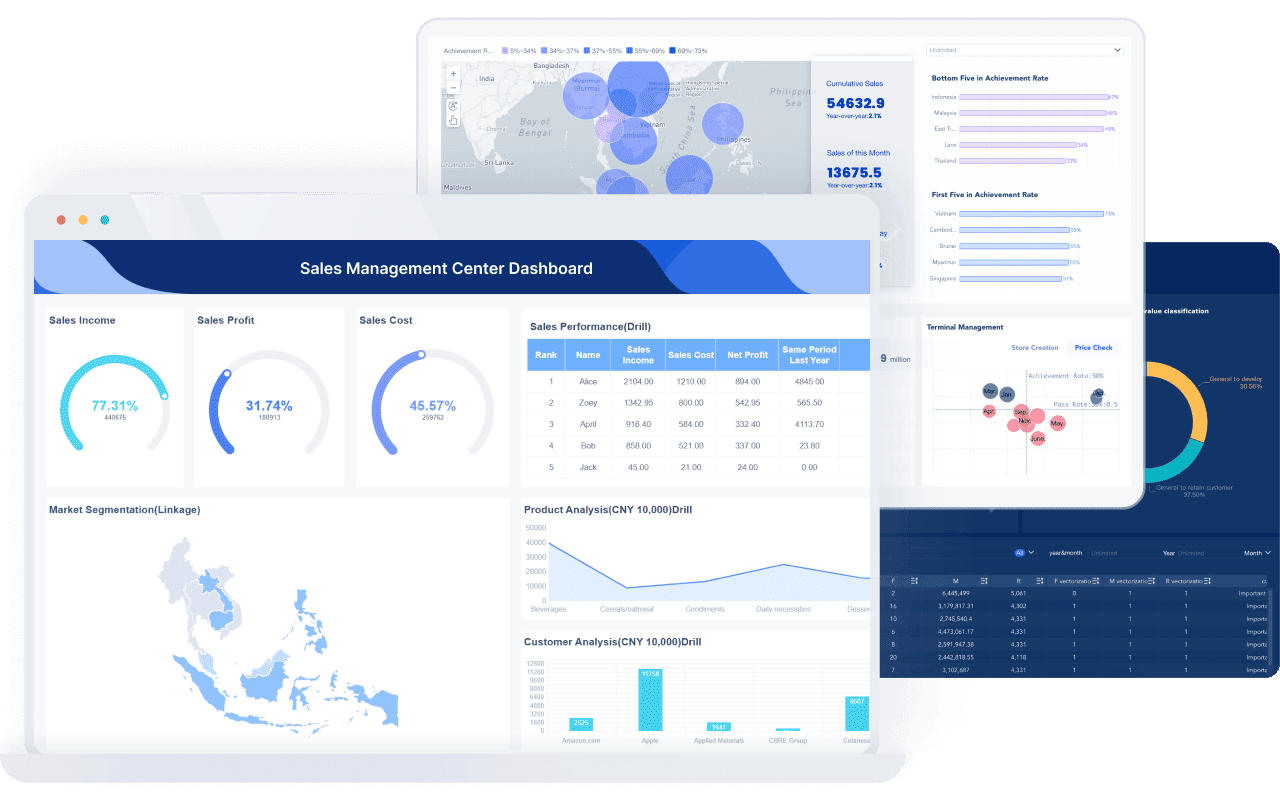
| Aspect of Decision-Making | How Health Data Management Supports It |
|---|---|
| Clinical Decision-Making | Tracks treatment effectiveness, enables early illness detection, supports personalized medicine, flags errors |
| Administrative Decision-Making | Manages staffing, predicts workforce needs, identifies billing issues, streamlines operations, improves engagement |
| Tools and Strategies | EHRs, predictive analytics, dashboards, BI software, strong data governance |
| Outcomes | Better patient care, higher efficiency, cost reduction, fewer errors, improved satisfaction |
When you use healthcare data management tools, you empower your team to act quickly and confidently. You also improve patient engagement by making information more accessible and transparent. This leads to better health outcomes and a stronger reputation for your healthcare organization.
Benefits of Health Data Management
When you manage health data well, you unlock many advantages for your healthcare organization. Effective data management improves patient care, boosts efficiency, and supports smarter decisions. You also gain a competitive edge by using advanced health data analytics and business intelligence tools like FineReport and FineBI.
Better Data Accessibility
You need quick and reliable access to health data to deliver the best care. When you use integrated systems, you bring together patient records, test results, and treatment plans in one place. This unified approach helps you make faster and more accurate clinical decisions. For example, studies show that integrated health data systems can reduce medication errors by up to 30% and improve patient outcomes by 10-15%.
| Aspect | Benefit |
|---|---|
| Data Integration | Instant access to complete, up-to-date patient information |
| Medication Errors Reduction | 20-30% fewer medication errors, improving patient safety |
| Patient Outcomes Improvement | 10-15% better outcomes through personalized care |
| Administrative Efficiency | Less paperwork and faster workflows |
| Regulatory Compliance | Easier tracking and reporting for HIPAA and other standards |
| Data Integrity | Consistent, accurate, and real-time updates across all systems |
| Decision-Making Support | Clear trends and opportunities for improvement |
You also save time and resources by reducing duplicate data entry and paperwork. FineReport and FineBI help you connect data from different sources, making it easy to find and use the information you need. These tools support secure access, so you protect patient privacy while improving care.
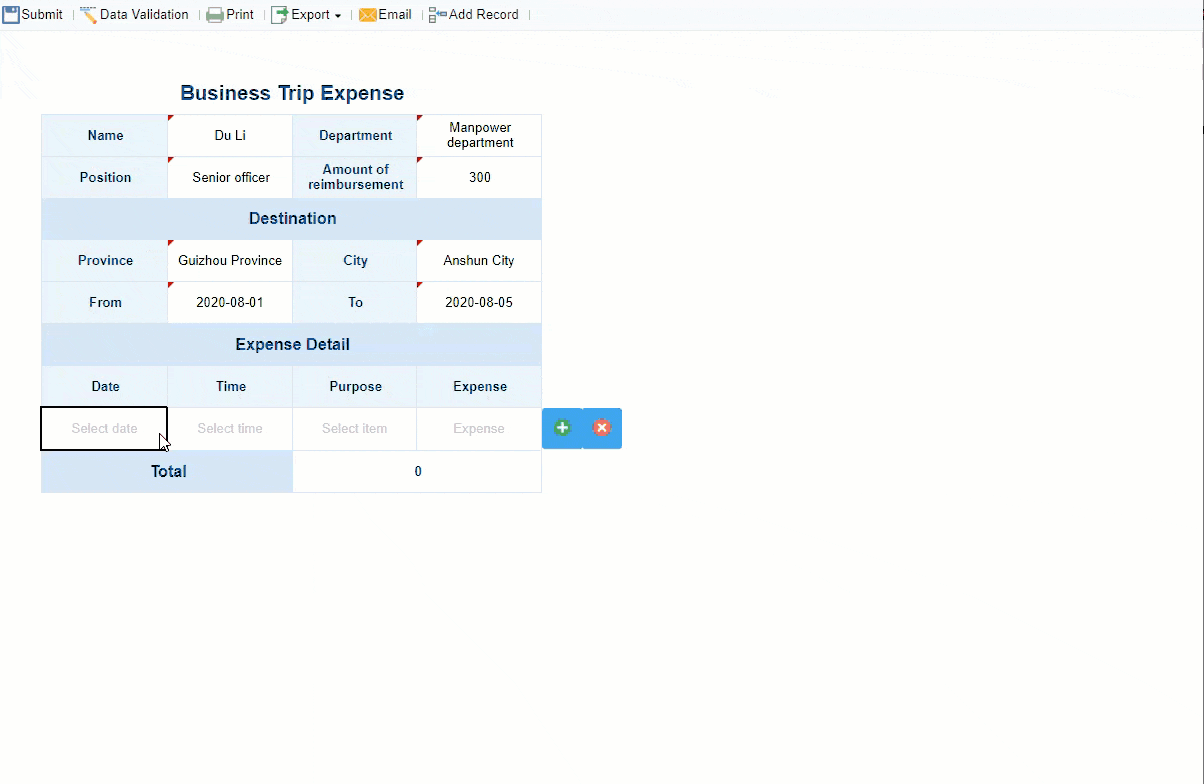
Tip: Better data accessibility means you can focus more on your patients and less on searching for information.
Real-Time Insights
You benefit from real-time insights when you use advanced data management and analytics tools. Real-time health data lets you see what is happening in your healthcare facility right now. You can track patient locations, staff availability, and resource status instantly. This helps you respond quickly to emergencies and adjust staffing based on actual demand.
For example, predictive analytics can help you forecast patient admissions and optimize shift schedules. This reduces wait times, prevents staff burnout, and ensures you always have the right resources in place. Real-time data also supports personalized care plans, as you can adjust treatments based on the latest patient information.
FineReport and FineBI give you dashboards and alerts that update automatically. You can monitor key metrics, spot trends, and make informed decisions without delay. These platforms help you streamline operations, improve patient satisfaction, and achieve better financial outcomes.
Note: Real-time insights from health data analytics empower you to act fast, prevent problems, and deliver higher-quality care.
More Benefits at a Glance
- Improved healthcare decision-making with trustworthy analytics
- Cost savings through automation and reduced duplication
- Stronger compliance with regulations like HIPAA
- Innovation with AI-powered analytics for personalized treatment
- Enhanced operational efficiency and resource allocation
When you use healthcare data management tools like FineReport and FineBI, you create a foundation for continuous improvement. You support your team, protect your patients, and drive better results across your healthcare organization.
Challenges in Health Data Management
You face many challenges of health data management in your daily work. These obstacles can slow down your progress and affect patient care. Let’s look at the most common issues and how you can overcome them.
Data Silos
Data silos happen when information gets trapped in separate systems or departments. You might see this when your hospital uses different electronic health records or billing systems that do not talk to each other. Strict privacy rules, technical debt, and rapid growth can make these silos worse. Sometimes, teams treat their data as private property and resist sharing it. This leads to poor data accessibility and makes it hard to get a full picture of a patient’s health.
| Cause of Data Silos | Effect on Data Management |
|---|---|
| Fragmented technology landscapes | Limits cross-departmental data access and analysis. |
| Technical debt | Makes data consolidation and sharing difficult. |
| Organizational structure and growth demands | Complicates integration of data from separate entities. |
| Security, privacy, and compliance concerns | Hinders broad data accessibility and collaboration. |
| Lack of unified data strategy and governance | Results in multiple sources with no single source of truth. |
| Cultural resistance to change | Creates psychological barriers to data sharing. |
When you work with data silos, you may waste time searching for information or entering the same data twice. This can lead to errors and higher costs. FanRuan’s FineDataLink helps you break down these silos by integrating data from different sources, including electronic medical records and healthcare information exchange platforms. You can then access all the information you need in one place.
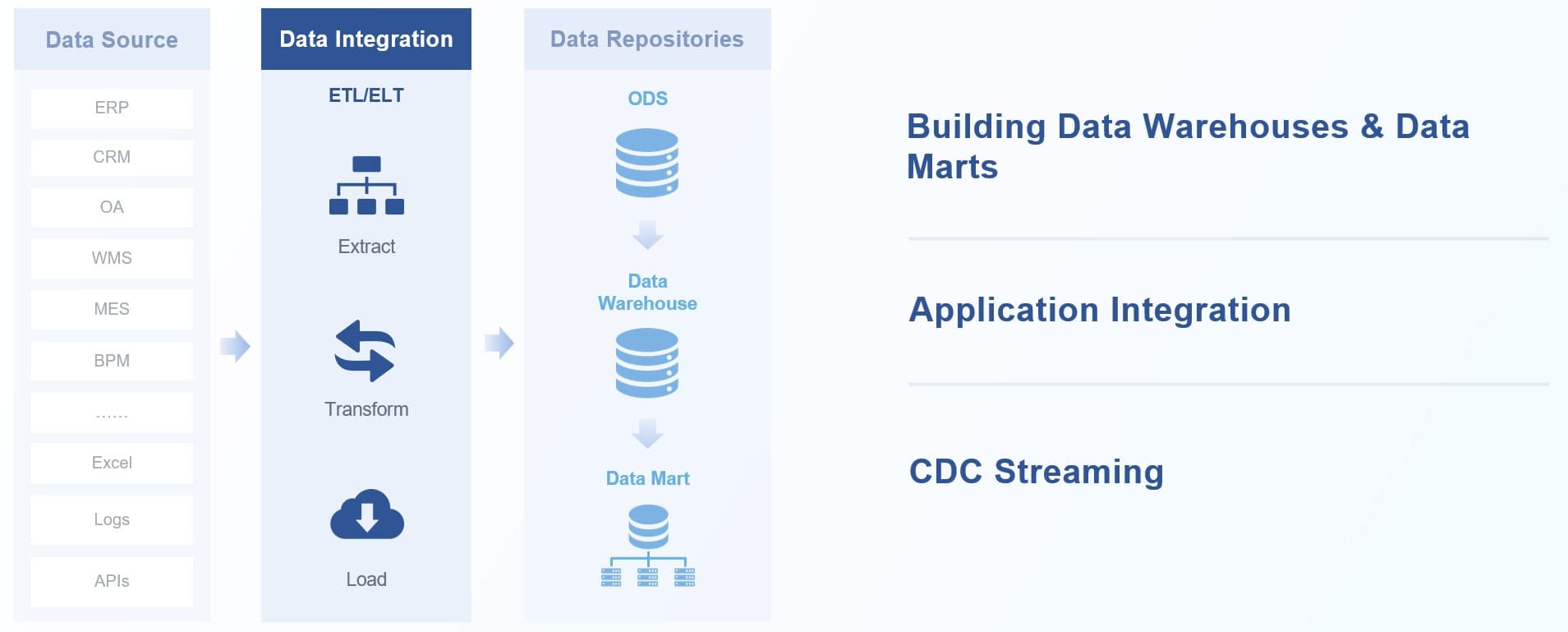
Tip: Breaking down data silos improves care coordination and helps you make better decisions for your patients.
Security Risks
Security risks are a major concern in healthcare. You handle sensitive patient data every day, so you must protect it from hackers and unauthorized access. Recent years have seen a sharp rise in data breaches. In 2024, about 275 million healthcare records were breached in the U.S. alone. Hacking now accounts for 80% of breaches, and ransomware attacks have surged. These incidents damage patient trust and can harm your organization’s reputation.
- Large breaches nearly doubled from 2018 to 2021.
- The average cost of a healthcare data breach reached $9.23 million in 2023.
- Patients may withhold important information if they fear their data is not safe.
You need strong security measures to keep data safe. This includes using advanced cybersecurity tools, regular audits, and staff training. FanRuan’s FineReport and FineBI platforms offer secure data management and help you meet compliance standards like HIPAA and GDPR. These tools support encryption, access controls, and real-time monitoring to reduce risks.
Note: Protecting patient data is not just about technology. You must also build a culture of security and train your team to spot threats.
Data Quality Issues
Data quality issues can arise from many sources. You might see problems when staff enter data incorrectly, use different codes, or when systems do not integrate well. Duplicate records and missing patient identifiers also cause trouble. These issues can lead to misdiagnosis, delayed treatment, and medication errors. Poor data quality can even cause financial losses and operational inefficiencies.
- Inaccurate or incomplete data can result in wrong diagnoses and ineffective treatments.
- Studies estimate that 1-5% of healthcare data is poor quality, costing organizations up to 10% of their revenue.
- Data quality problems often come from inconsistent terminology, integration challenges, and human error.
To solve these problems, you should use data governance frameworks, standardize your data, and provide regular staff training. FanRuan’s FineReport and FineBI help you clean, validate, and standardize data from multiple sources. These tools also support regular audits and real-time data checks, so you can catch errors before they affect patient care.
Remember: High-quality data is essential for safe, effective, and efficient healthcare.
Best Practices for Healthcare Data Management
Sales Force Effectiveness Enhancement
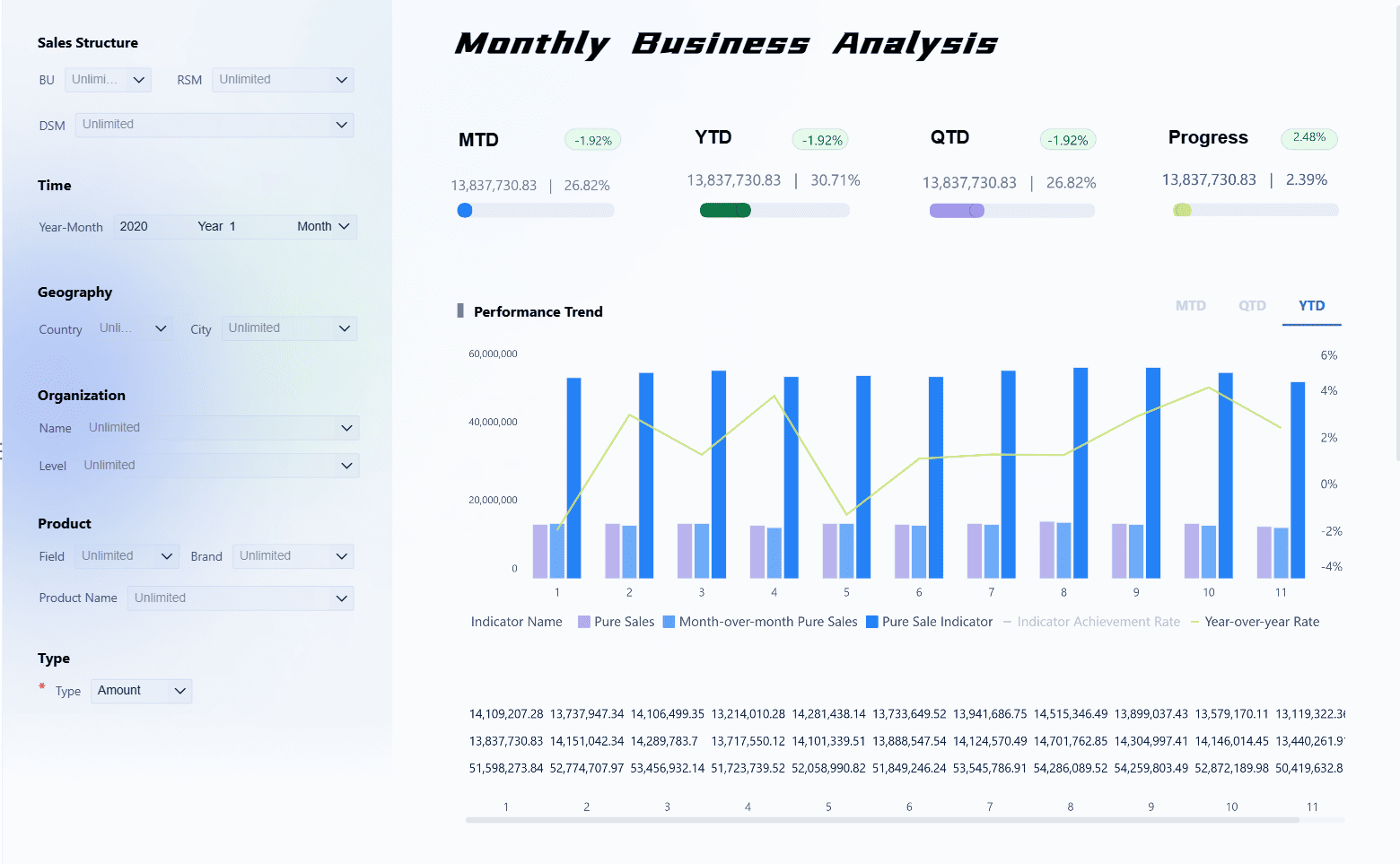
You can boost your sales force effectiveness in healthcare by following several proven strategies. Start by defining clear business requirements and choosing the right integration patterns for your data. Real-time, batch, or hybrid integration depends on how critical and large your data sets are. Consider bi-directional integration to keep key information like provider availability and appointments synchronized.
- Use pre-built connectors and integration accelerators to save time and reduce complexity.
- Standardize data formats and terms with healthcare standards such as FHIR and HL7 v2. This ensures consistency and makes it easier to share information.
- Integrate electronic health records with platforms like Salesforce Health Cloud. This creates a complete patient profile and supports personalized care.
- Design your integration to support automation, scalability, and compliance with healthcare regulations.
Many sales teams in healthcare face low adoption rates for CRM tools. You can address this by choosing intuitive, purpose-built solutions that unify field operations and connect with back-end systems. Sales reps prefer tools that help them serve healthcare professionals better and are easy to use. Modern technology and usability improvements reduce the time spent on non-selling tasks, freeing up more time for building relationships.
You should also focus on understanding customer insights. Personalized sales approaches, data-driven strategies, and real-time analytics help you track performance and optimize your efforts. Regular data cleaning, comprehensive user training, and collaboration between sales, marketing, and analytics teams further enhance your results. Always ensure data security and compliance with regulations like HIPAA and GDPR.
Tip: Embrace continuous improvement in your analytics strategies to stay agile and competitive in the healthcare market.
Digital Hospital Management
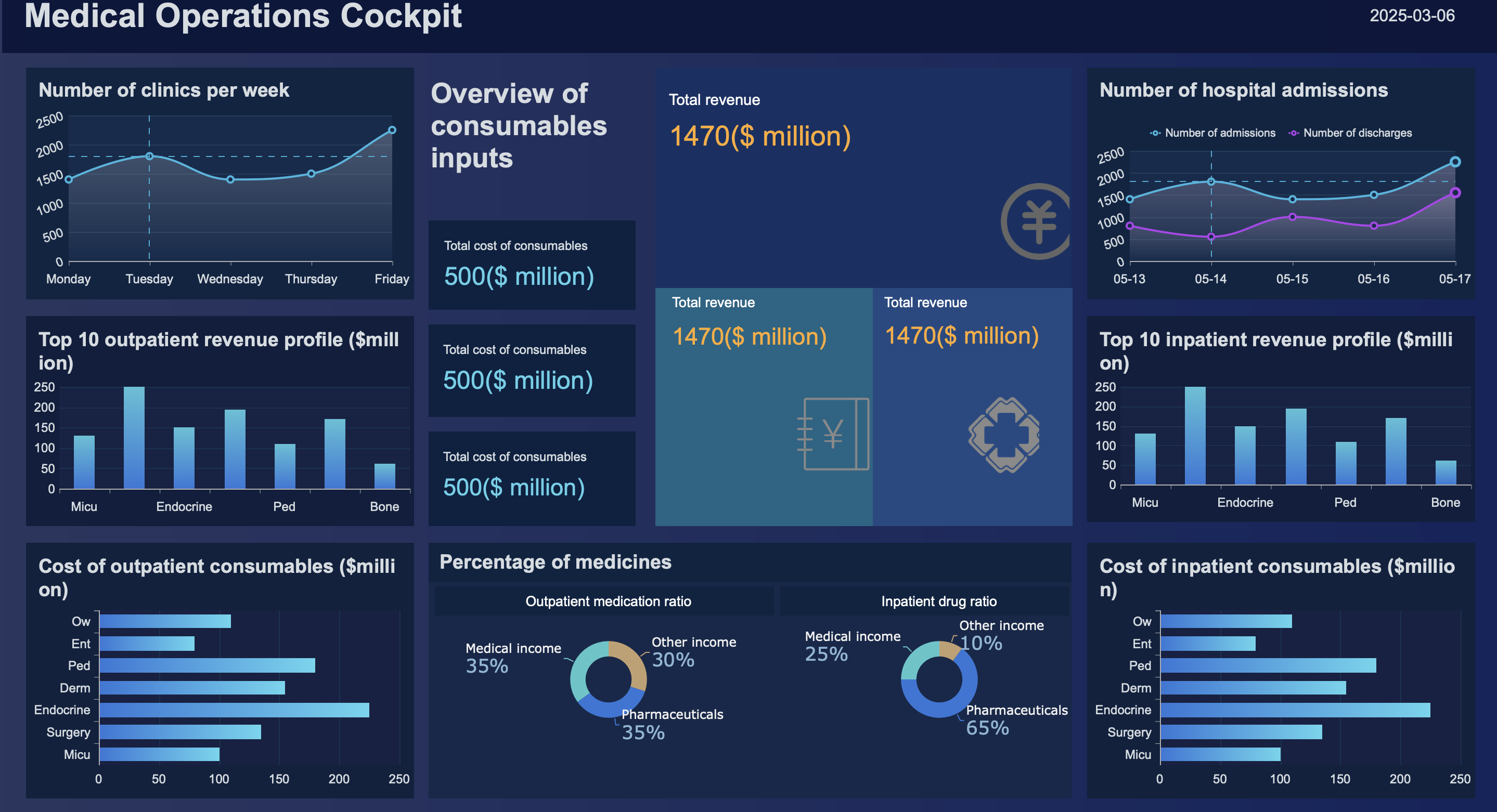
Digital hospital management transforms how you run healthcare facilities. You use technology to collect, store, and analyze patient data, which improves both operational efficiency and patient outcomes. The table below shows how different technologies play a role in healthcare data management:
| Technology / Practice | Role in Data Management and Hospital Operations | Impact on Operational Efficiency and Patient Outcomes |
|---|---|---|
| Electronic Health Records (EHRs) | Structured and standardized patient data collection and storage | Improves data accuracy and accessibility, enabling better clinical decisions and coordinated care |
| Data Integration | Aggregates data from multiple hospital systems into comprehensive patient profiles | Ensures data consistency and completeness, supporting informed decision-making and holistic patient management |
| Outcome Tracking Systems | Real-time monitoring of patient metrics | Enables timely interventions and performance evaluation, improving care quality and patient safety |
| Advanced and Predictive Analytics | Identifies trends, anticipates patient needs, and optimizes resource allocation | Facilitates proactive care, reduces adverse events, and enhances resource efficiency |
| Robotic Process Automation (RPA) | Automates administrative tasks | Reduces errors, speeds up workflows, and frees staff for patient-centered activities |
| Internet of Things (IoT) | Real-time monitoring of patients and equipment | Enhances patient safety and resource management through continuous data collection and alerts |
| Data-driven Decision Support Systems | Provides actionable insights for hospital administrators | Supports informed strategic and operational decisions, improving efficiency and patient outcomes |
| Telehealth and Remote Monitoring | Extends care access and enables remote patient data collection | Improves access, reduces costs, and supports chronic condition management, enhancing overall patient outcomes |
| Artificial Intelligence (AI) | Facilitates data analysis, predictive modeling, and administrative automation | Optimizes staffing, resource allocation, and clinical predictions, improving operational efficiency and patient care |
| Blockchain | Secures and transparently manages healthcare data | Enhances data security and patient trust, critical for compliance and data integrity |
You can see that digital hospital management relies on strong healthcare data management practices. These tools help you make better decisions, improve patient safety, and streamline hospital operations.
Sales Analysis of Pharmacy Stores
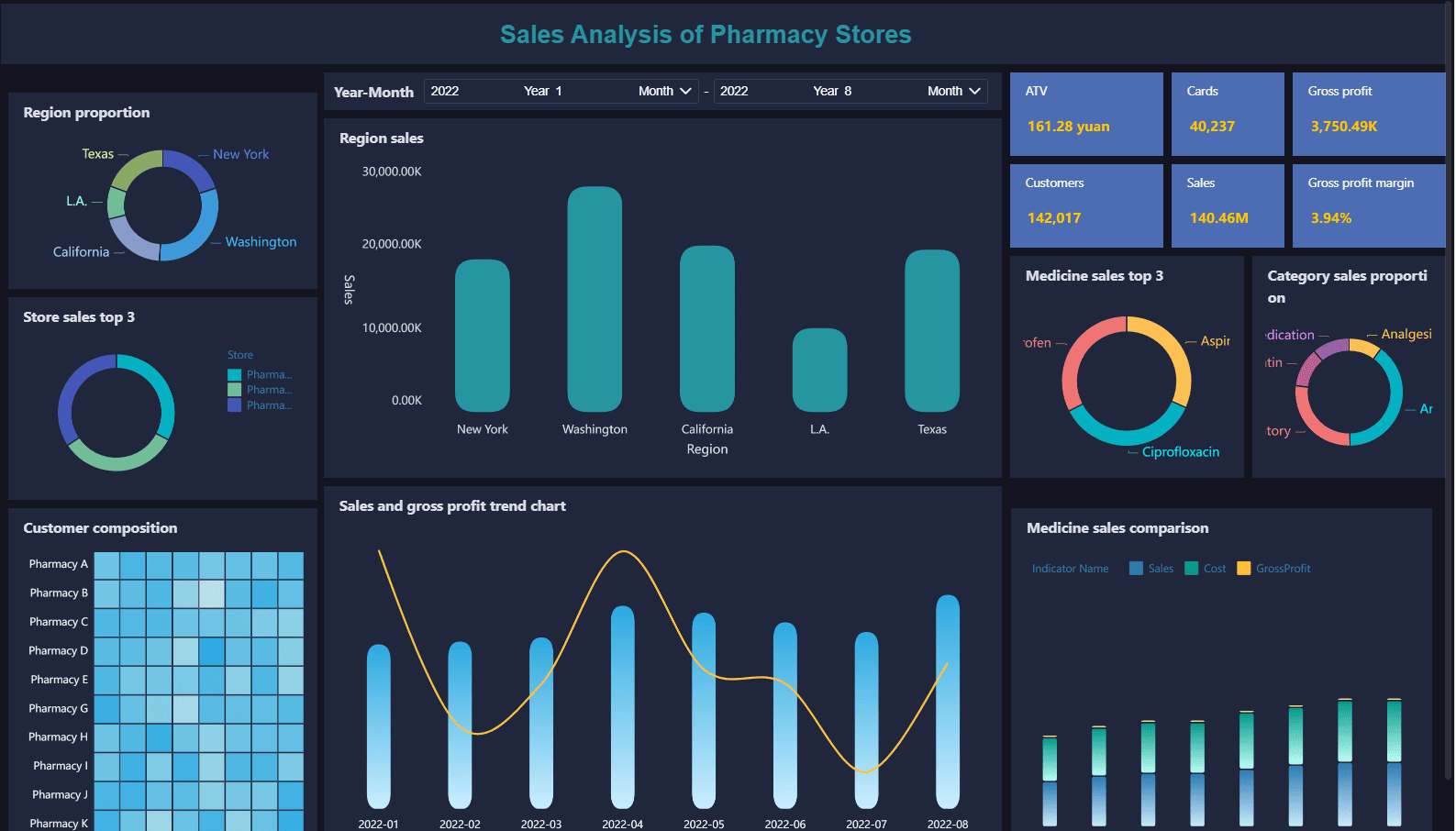
Sales analysis in pharmacy stores depends on collecting and managing the right data. You track key metrics to understand your performance and make informed decisions. Some important metrics include:
- Sales volume by channel
- Market share trends
- Prescription growth rates
- Customer acquisition and retention rates
- Pricing effectiveness
- Return on marketing investment
- Incidence rates and prevalence measures
- Defined Daily Dose (DDD)
- Drug utilization metrics
You gather data from many sources, such as internal sales records, wholesaler data, pharmacy dispensing information, healthcare provider prescriptions, and patient utilization records. Good healthcare data management ensures that your data is reliable and validated. You integrate different data sets for cross-validation and use advanced analytical techniques like statistical analysis, trend analysis, forecasting, and machine learning.
This structured approach lets you monitor sales and market trends continuously. You can evaluate sales channels, understand customer preferences, and make better portfolio management decisions. By creating an action-oriented data culture, you integrate insights into your strategic planning and measure the impact for ongoing optimization.
Note: Effective sales analysis in pharmacy stores relies on strong health data analytics and best practices for effective healthcare data management.
Hospital Medicine Consumption
You can use strong data management practices to monitor and optimize medicine consumption in your hospital. When you bring together clinical and operational data on a single platform, you gain a clear view of how medicines move through your facility. This unified approach helps you make better decisions and avoid waste.
- Integrate clinical and operational data to track medicine use as part of your overall resource management. This gives you a complete picture of what is happening in real time.
- Use predictive and prescriptive analytics to spot patient risks and recommend the best treatments. These tools help you personalize medication plans and reduce unnecessary medicine use.
- Set up real-time dashboards and key performance indicators (KPIs). These tools let you and your team see medicine usage trends right away. You can act quickly if you notice a spike in use or a shortage.
- Analyze treatment patterns to find differences in how medicines are used. Standardizing best practices and medication protocols helps you cut down on waste and improve care consistency.
- Apply operational analytics to find workflow bottlenecks and resource problems. This helps you allocate medicines more effectively and avoid both shortages and overstock.
- Break down data silos by connecting information from different departments. High-quality, integrated data is key to reliable monitoring and smart decision-making.
- Keep monitoring and refining your strategies. Continuous improvement ensures that your hospital uses medicines wisely and supports better patient outcomes.
Tip: When you use analytics to guide medicine consumption, you not only save money but also improve patient safety and care quality.
You can also use dashboards to compare medicine use across departments. For example, you might notice that one unit uses more antibiotics than others. This could signal a need for training or a review of treatment protocols. By acting on these insights, you help your hospital follow best practices and meet regulatory standards.
Data-driven medicine management supports your pharmacy team, clinicians, and administrators. Everyone can see the same information, which improves communication and teamwork. You also reduce the risk of errors, such as double dosing or missed medications.
When you use these best practices, you create a culture of accountability and continuous learning. Your hospital becomes more efficient, and your patients receive safer, more effective care.
Health data management helps you organize, protect, and use patient information to improve care and efficiency. By adopting advanced tools like FineReport and FineBI, you gain better decision support, cost savings, and stronger compliance. You measure success through improved diagnostics, operational gains, and personalized care. The future promises rapid growth, more AI, and secure, connected systems:
| Trend | Description |
|---|---|
| Market Growth | Healthcare data industry projected to grow up to 39% CAGR by 2033. |
| AI & Analytics | AI and big data drive better clinical decisions and personalized medicine. |
| Interoperability | Universal databases and secure data sharing improve care and efficiency. |
| Data Privacy | Stronger laws and new tech protect patient confidentiality. |
Embrace these changes to lead your organization into a smarter, safer healthcare future.
Click the banner below to try FineBI and FineReport for free and empower your enterprise to transform data into productivity!
Continue Reading About Health Data Management
What is Healthcare Data Management and Why It Matters
FAQ

The Author
Lewis
Senior Data Analyst at FanRuan
Related Articles

What is a data management platform in 2025
A data management platform in 2025 centralizes, organizes, and activates business data, enabling smarter decisions and real-time insights across industries.
Howard
Dec 22, 2025

Top 10 Database Management Tools for 2025
See the top 10 database management tools for 2025, comparing features, security, and scalability to help you choose the right solution for your business.
Howard
Dec 17, 2025

Best Data Lake Vendors For Enterprise Needs
Compare top data lake vendors for enterprise needs. See which platforms offer the best scalability, integration, and security for your business.
Howard
Dec 07, 2025
